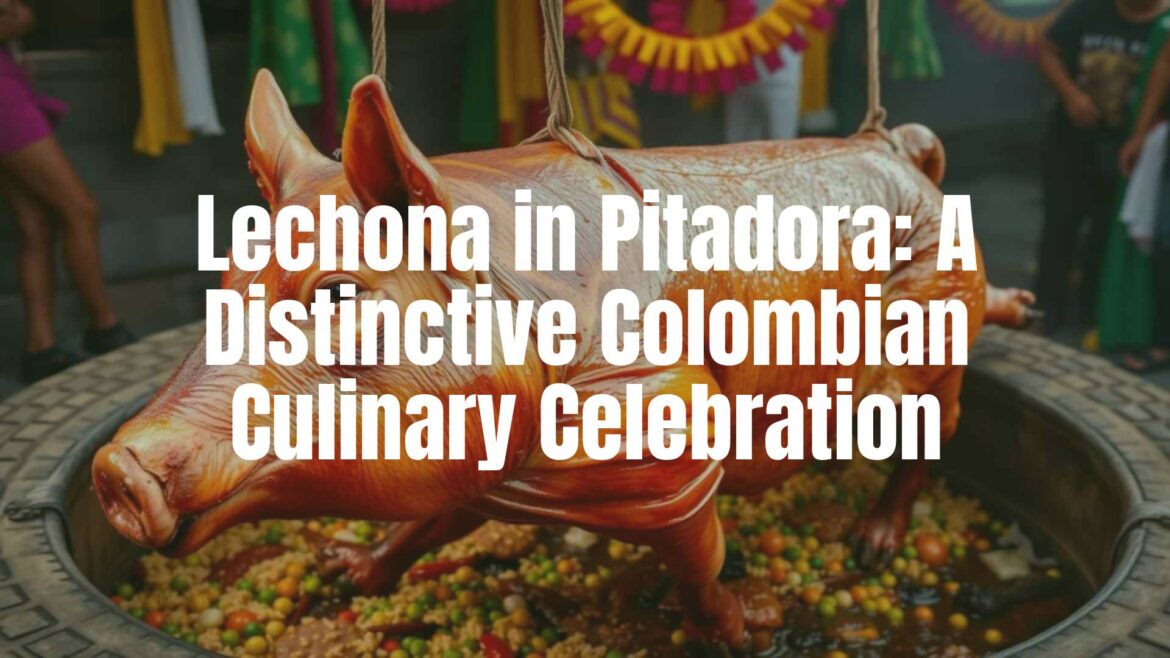Lechona Valluna: A Distinct Take on Colombian Stuffed Pork
Understanding Lechona Valluna
Lechona Valluna encapsulates the spirit of festive gatherings and culinary pride in Colombia’s Valle del Cauca region. While lechona is widely recognized throughout Colombia as a whole pig stuffed with flavorful ingredients, “Lechona Valluna” stands out for its local interpretations, reflecting the unique tastes, agricultural products, and traditions of the Cauca Valley.
Historical Roots and Cultural Background
Lechona, in general, is believed to have origins dating back to colonial Spanish influence, when techniques for roasting whole animals were introduced. The Valluna variant, specific to Valle del Cauca, integrates these colonial methods with indigenous cooking practices and local produce. Over the years, lechona valluna has become a staple at celebrations and communal events, symbolizing abundance, hospitality, and the region’s agricultural wealth.
Signature Ingredients and Preparation Style
What differentiates lechona valluna from its counterparts in other regions is its selection of ingredients and slightly lighter approach. While classic lechona often includes a prominent presence of green peas and lots of pork skin, the Valluna rendition typically features:
- Roasted pork, sometimes with fewer fatty sections
- Local spices and herbs, such as cumin and fresh cilantro
- Sautéed onions, garlic, and sweet peppers (“ají dulce”)
- Cooked rice as the main stuffing
- Less emphasis on peas, and sometimes incorporating plantains or yuca
The assembled mixture is traditionally stuffed inside a whole pig, which is then slowly roasted in large ovens. The result is a dish with golden, crackling skin and a savory, aromatic interior. Serving portions often highlight both the crispy exterior and the moist, flavorful stuffing.
Regional Variations and Local Customs
Although lechona finds presence in several Colombian regions, each variant reflects local culture. In Tolima, for example, lechona is heavier and richer, with more fatty elements and the hallmark addition of yellow peas. Lechona valluna, by contrast, is celebrated for its cleaner flavors and slightly less greasy finish, making it particularly appealing for those who prefer a lighter festive dish.
In some towns within Valle del Cauca, cooks may personalize their lechona with regional touches, such as adding raisins, olives, or unique marinades. Presentation and accompaniments also vary, with fresh salads or spicy salsas often featured on the side.
Occasions and Traditional Service
Lechona valluna is a dish reserved for major celebrations: birthdays, weddings, holidays, public festivals, and religious gatherings. Preparation is a communal affair, typically involving extended family or entire neighborhoods because of the dish’s scale. Once the lechona is cooked, it is carved on-site, creating a festive and convivial atmosphere.
It is common to serve lechona valluna with local breads (arepas or pan aliñado), fresh citrusy salads, and refreshing beverages like “aguapanela” or fruit juices. The crisp pork skin is always highly prized and served atop each portion.
Frequently Asked Questions and Tips
- Is lechona valluna spicy? – While flavorful from herbs and aromatics, it is not traditionally spicy, but some enjoy it with a spoonful of regional hot sauce.
- What makes it different from other lechonas? – Its lighter taste, less fatty filling, and local vegetables set it apart from Tolima and other versions.
- Can you find single servings? – Yes, restaurants and market stalls in Valle del Cauca sell individual portions during festivities, making it accessible to all.
Lechona valluna stands as a delicious symbol of regional identity, blending an age-old roasting tradition with the bounty of the Cauca Valley for a dish that is both comforting and celebratory.


